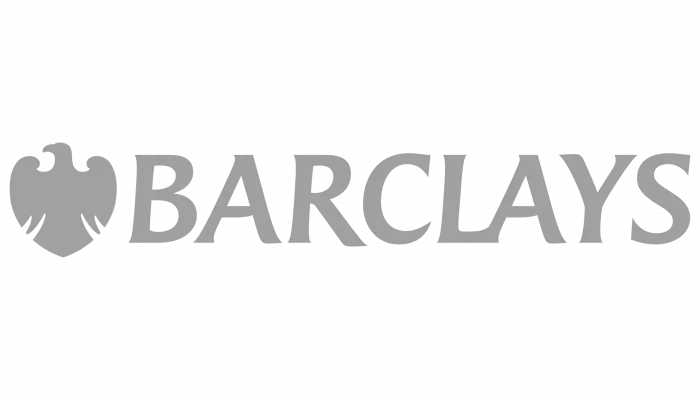A stress test is the term given to the process by which lenders assess the sustainable affordability of a loan to a buyer. Required by law to undertake such affordability tests as a result of legislation following the 2008 credit crunch and housing crisis, stress tests are there to protect the borrower (and the lender) for entering into ill-conceived or risky mortgage arrangements.
The standard mortgage stress test will consider household income, monthly outgoings, number of incomes in the household and the likely impact on affordability of rises in interest rates, etc. The buy to let borrower is usually relying in large part on income derived from the letting of the property and so a buy to let stress test will usually focus on the rent receivable and the interest payable.
In the past, a standard buy to let stress test has required that rent received be 125%, thus allowing a margin for additional costs and to build a buffer in the event that the property becomes vacant for a short period of time. In addition, a notional rate of interest will be assumed (higher than the existing rate) so as to allow for a cushion in the event that interest rates rise in the future.
In large part due to recent changes in the tax structures applied to buy to let income, lenders in this market have been keen to revise their stress tests to take account for the additional cash flow burden put upon the high rate tax payer with a buy-to-let mortgage and the increased likelihood that mortgage rates will increase in the future.
Some lenders have already increased their stress test margin to 145% rental cover and 5.5% notional interest rate, thus effectively reducing loan to value and limiting an investor’s buying power.
The good news is that, at present, borrowers financing their buy to lets through limited companies will not be hit by the Government’s new tax rules. Therefore, lenders are not necessarily bringing the increased stress test across to their corporate mortgage rates.
To speak to a mortgage adviser contact us on 01628 507477.
Recent posts
UK Housing Market Round-Up: 2025
7 days ago

Property search site Zoopla has estimated that the UK housing market will end 2025 with approximately 1.15 million completed sales – 4.5% more than the previous year.
Take a look at the 2025 summary of the UK housing market.
Best UK Mortgage Rates this Week
7 days ago

Here are the lowest fixed mortgage rates of the week, available to first-time buyers, home movers, buy-to-let, and those remortgaging.
Call us for more information: 01628 507477 or email: team@mortgagerequired.com.
Buying in the New Year
8 days ago

If buying your first property, or moving home, is on your to-do list this year, the new year can be a great time to take this big step. In this short blog, we look at what you need to consider as you plan and prepare for your home-buying journey.

Just because the Bank of England decides to reduce the base rate, this doesn't automatically mean that your mortgage rate will go down.
Autumn Budget 2025: A Summary
26 Nov 2025

Chancellor, Rachel Reeves, has delivered the Autumn 2025 budget. We have summarised the government's plans for tax and spending.
Renters' Rights Act
14 Nov 2025

The Renter’s Rights Bill became law at the end of October, which means it has been signed off by the King, and it is now the Renters’ Rights Act. Despite this becoming law, these changes are likely to start changing within the next six months, with the aim of being fully implemented throughout 2026 and into 2027.

A welcome change in school is coming as financial literacy is due to become compulsory in schools in England.
The Government has announced that as part of the new national curriculum, children in primary and secondary education will be required to learn about budgeting, compound interest, managing money, and mortgages.
The top 10 most beautiful villages in the world
24 Oct 2025

Forbes has published a global ranking of stunning locations and one popular picturesque corner of the UK has nabbed top spot.



















